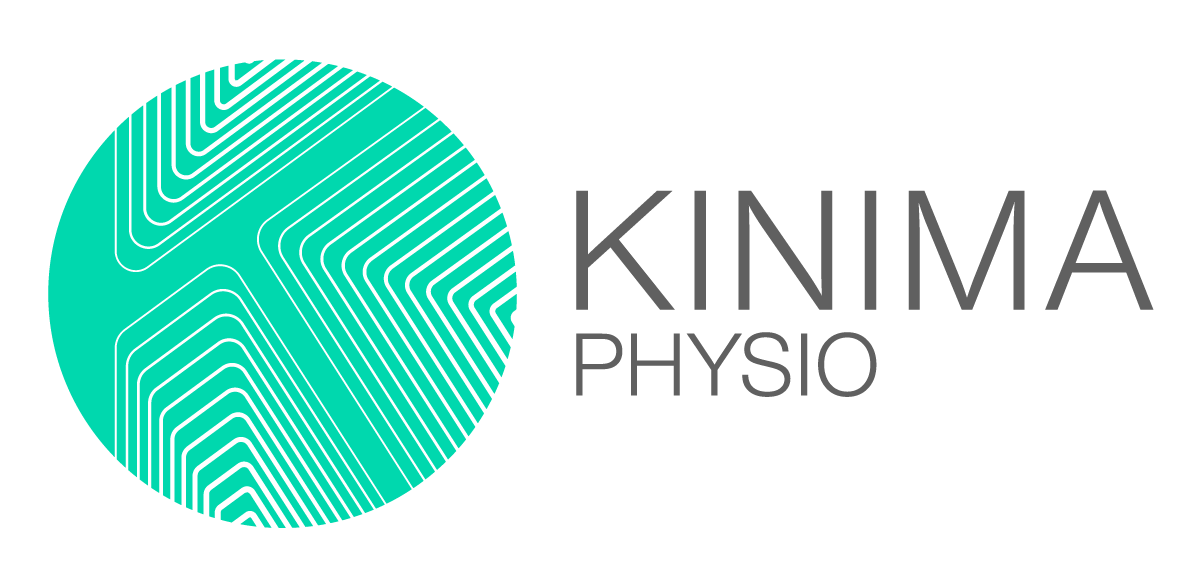Working from Home: A Real Pain in the Neck!
It’s well known that musculoskeletal pain is common among office workers, particularly in the neck and shoulders. These issues can impact overall health, well-being, and productivity.
With more people working from home, often in non-ideal ergonomic setups, neck and shoulder discomfort has become increasingly common.
Traditional Management Approaches
Historically, office-related neck pain has been addressed with:
Manual therapy
Dry needling
Static stretching
Postural correction exercises
Ergonomic adjustments
Non-steroidal anti-inflammatory medication
More recently, resistance exercises aimed at building neck and shoulder strength have become widely used, though the optimal frequency, intensity, and type of exercise have been less clear.
Evidence-Based Neck & Shoulder Strengthening
A high-quality 2020 study found that 10 minutes of targeted neck and shoulder exercises with a resistance band, performed five times per week, was effective at reducing neck pain and improving quality of life in office workers.
All you need is a light to medium resistance band. The exercises in the video below are suitable for most people wanting to strengthen these areas.
Suggested program:
Weeks 1–4: 2 sets of 12–15 repetitions per side
Weeks 5–8: 2 sets of 8–10 repetitions per side with increased resistance
Note: These exercises may not be suitable during an acute neck pain episode. Individualised assessment may be needed to gradually build up strength and tolerance.
Key Takeaways
Short, consistent resistance exercises can be effective for neck pain management
Proper technique and gradual progression are essential
Ergonomic adjustments remain an important component of managing neck and shoulder discomfort
Learn more about the most common causes of injury and prevention strategies.
References:
Saeterbakken, A. H., et al. (2020). BMC Sports Science, Medicine and Rehabilitation.
Disclaimer: This information is for educational purposes only and should not be considered a diagnosis or personal treatment advice. Always seek professional guidance if you have an injury or ongoing pain.













